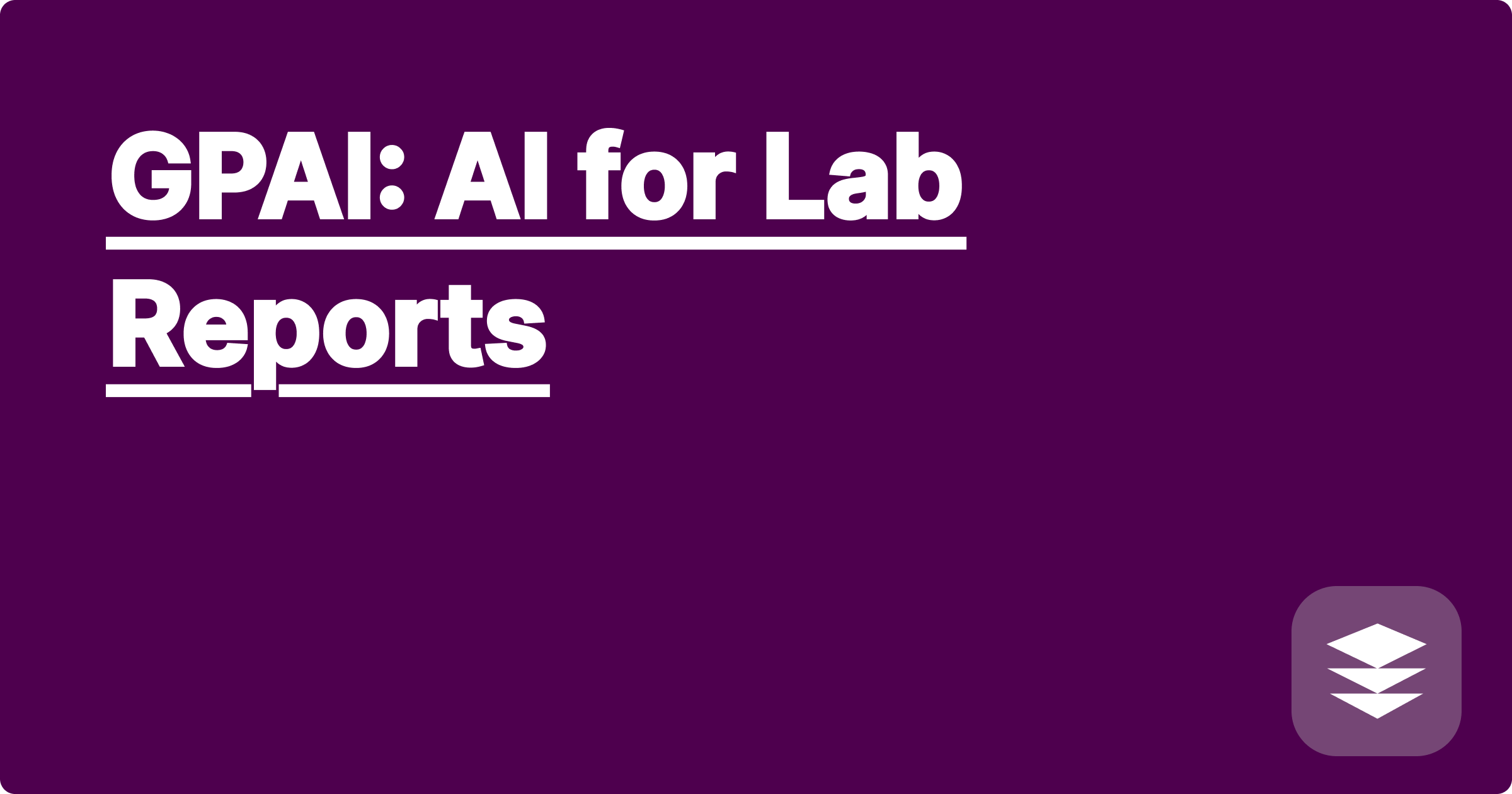
The rigorous demands of STEM education and research often present a significant challenge: effectively communicating complex scientific findings in concise, well-structured lab reports. These reports serve as the cornerstone of scientific communication, documenting experiments, analyzing data, and presenting conclusions in a standardized format. However, the process of compiling these reports can be time-consuming and often feels overwhelming, especially for students juggling multiple courses and research commitments. Artificial intelligence (AI) offers a promising new avenue for streamlining this process, empowering STEM students and researchers to generate insightful and well-organized lab reports more efficiently.
This matters significantly for STEM students and researchers because effective communication is crucial for advancing scientific knowledge. AI tools can assist in structuring reports, ensuring clarity, and even suggesting improvements in data analysis and interpretation. This can free up valuable time and mental energy, allowing students and researchers to focus on the core aspects of their work: designing experiments, conducting research, and drawing meaningful conclusions. Ultimately, leveraging AI for lab report writing can significantly enhance the overall quality and impact of scientific communication.
Writing a comprehensive lab report involves several intricate steps. It begins with clearly defining the objective of the experiment and providing relevant background information. This requires a strong understanding of the underlying scientific principles and the current state of research in the field. Next, the experimental methodology needs to be meticulously documented, including the materials used, the procedures followed, and any modifications made to standard protocols. This detailed description allows for reproducibility, a cornerstone of scientific validity. Subsequently, the collected data must be presented in a clear and organized manner, often using tables and graphs. This data then needs to be analyzed using appropriate statistical methods, and the results interpreted in the context of the initial hypothesis. Finally, the report needs to be structured according to specific academic guidelines, including proper citations and formatting. Each of these steps requires careful attention to detail and a deep understanding of scientific principles.
AI tools like ChatGPT, Claude, and Wolfram Alpha can be invaluable resources for tackling the challenges of lab report writing. ChatGPT and Claude, for instance, can assist in generating text for various sections of the report, such as the introduction, background, and discussion. These tools can help refine sentence structure, improve clarity, and ensure a consistent tone throughout the document. Wolfram Alpha, on the other hand, excels at computational tasks, making it ideal for data analysis and generating plots and graphs. It can also be used to verify calculations and provide quick access to relevant scientific formulas and constants. By strategically combining these tools, STEM students and researchers can significantly streamline the lab report writing process.
Begin by outlining the core components of your lab report, including the introduction, methods, results, and discussion. Use this outline as a framework for interacting with the AI tools. Next, provide the AI with the necessary information, such as the experimental objective, the data collected, and any specific requirements for the report format. For example, you can input your raw data into Wolfram Alpha to generate graphs and perform statistical analysis. Then, you can use ChatGPT or Claude to draft the introductory paragraphs, explaining the purpose of the experiment and the relevant background information. As you work through each section, refine the AI-generated text by adding specific details, ensuring accuracy, and incorporating your own insights. Finally, carefully review and edit the entire document to ensure coherence, accuracy, and adherence to academic guidelines.
Consider an experiment measuring the acceleration due to gravity. You might input the measured times and distances into Wolfram Alpha, which can then calculate the acceleration and generate a graph of distance versus time squared. The equation used by Wolfram Alpha would be d = (1/2)gt², where d represents distance, g represents acceleration due to gravity, and t represents time. You can then use ChatGPT to describe this process in the methods section of your report. For example, you could prompt ChatGPT with something like, "Describe an experiment to measure the acceleration due to gravity using a simple pendulum." Furthermore, you can use AI to help explain the observed results in the discussion section. For example, if your calculated value for g deviates from the accepted value, you can ask ChatGPT to suggest possible sources of error.
Consider another example where you are analyzing the composition of an unknown compound using spectroscopy. You can input the spectral data into Wolfram Alpha, which can identify potential compounds based on the spectral signature. You can then use this information in your results section, supported by a figure generated by Wolfram Alpha showing the spectral data. Furthermore, you can prompt ChatGPT with a query like, "Discuss the potential sources of error in spectroscopic analysis," to enrich your discussion section.
To maximize the benefits of AI in academic work, it is essential to understand its limitations and use it responsibly. AI tools should be viewed as assistants, not replacements, for critical thinking and scientific rigor. Always verify the information provided by AI against reliable sources and ensure that the generated content aligns with your own understanding of the subject matter. Furthermore, it is crucial to properly cite the use of AI tools in your work, acknowledging their contribution to the research process. This not only promotes transparency but also helps establish ethical standards for using AI in academia. By using AI strategically and ethically, you can significantly enhance your academic productivity and the quality of your scientific communication.
Concluding, AI tools offer a powerful new approach to streamlining the often daunting process of writing lab reports. By leveraging these tools effectively, STEM students and researchers can save valuable time, improve the clarity of their writing, and focus on the core aspects of their scientific endeavors. Start experimenting with these AI tools today, explore their various functionalities, and discover how they can transform your lab report writing experience. Embrace the potential of AI to enhance your scientific communication and propel your academic success.